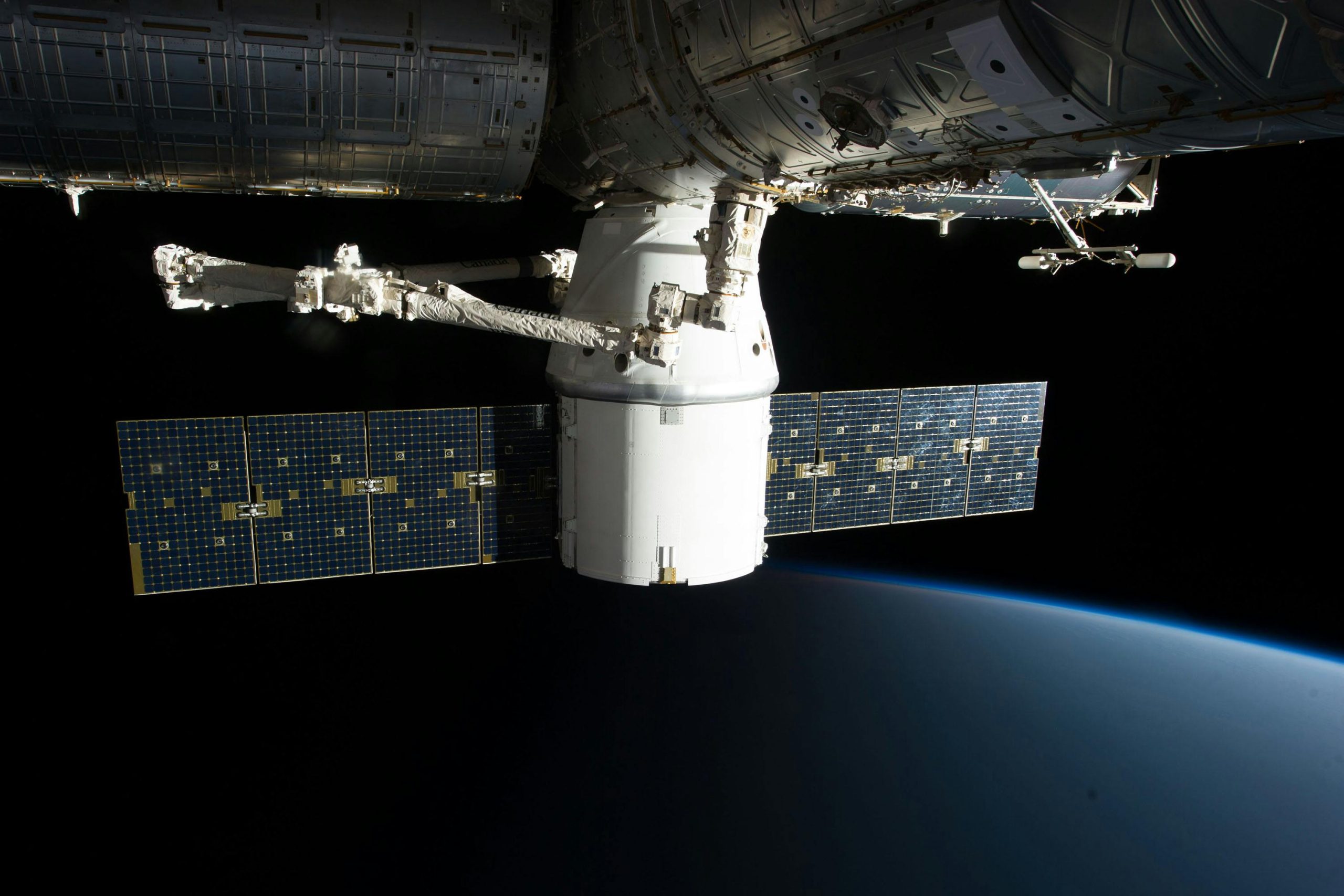As humanity prepares for ambitious deep space missions in 2030 and beyond, reliable and high-speed communication with distant spacecraft becomes a critical challenge. Traditional radio frequency (RF) systems, while proven, face limitations in bandwidth and latency over vast interplanetary distances. To overcome these hurdles, NASA, ESA, and private space companies are pioneering revolutionary deep space communication technologies that promise to transform how we connect with probes, rovers, and crewed missions in the cosmos.
Laser Communication: The Future of High-Speed Data Transfer
One of the most promising advancements in deep space communication is laser-based optical communication, or Optical Communications. Unlike traditional RF systems, lasers use focused light beams to transmit data at significantly higher rates. NASA’s Deep Space Optical Communications (DSOC) experiment, tested aboard the Psyche mission, has demonstrated speeds up to 100 times faster than current RF systems.
Key advantages of laser communication include:
- Higher bandwidth: Enables transmission of high-definition video and large scientific datasets.
- Reduced signal degradation: Laser beams remain tightly focused over long distances.
- Smaller, lighter equipment: Optical terminals require less power and mass than RF systems.
By 2030, missions like Mars Sample Return and crewed lunar expeditions will likely rely on laser communication for real-time data exchange.
Quantum Communication: Unhackable Interplanetary Links
Quantum communication represents a groundbreaking leap in secure deep space networking. Using quantum key distribution (QKD), this technology ensures theoretically unbreakable encryption, critical for sensitive mission data and future interplanetary internet infrastructure.
Recent breakthroughs include:
- China’s Micius satellite demonstrating quantum entanglement over 1,200 km
- NASA’s experiments with quantum memory for long-distance communication
- Development of quantum repeaters to extend range beyond Earth’s orbit
While still in experimental stages, quantum communication could become operational for select 2030 missions, particularly those requiring absolute data security.
Delay-Tolerant Networking (DTN): The Interplanetary Internet
Traditional internet protocols fail in deep space where connections may be intermittent and latency stretches to hours. Delay-Tolerant Networking (DTN) solves this by storing and forwarding data when links become available.
Key features of DTN for 2030 missions include:
- Automatic data storage during communication blackouts
- Prioritization of critical mission data
- Self-healing network architecture
NASA has already tested DTN on the International Space Station and plans to implement it across the Lunar Gateway and Mars missions. This technology will be essential for maintaining continuous communication across the solar system.
Artificial Intelligence in Deep Space Networks
AI and machine learning are transforming how we manage deep space communication systems. These technologies help:
- Predict and mitigate signal disruptions caused by solar weather
- Optimize data routing across multiple spacecraft and relay stations
- Automate error correction in transmitted data
- Manage spectrum allocation among growing numbers of missions
By 2030, AI-driven communication systems will likely handle most routine operations, allowing human operators to focus on mission-critical decisions.
Next-Generation Ground Infrastructure
Advanced space communication requires equally sophisticated ground stations. Upgrades planned for 2030 include:
- Phased array antennas that can track multiple spacecraft simultaneously
- Optical ground stations with adaptive optics to compensate for atmospheric distortion
- Distributed receiver networks using multiple sites to improve signal acquisition
- Orbital relay satellites to maintain constant contact with distant spacecraft
These improvements will work in concert with spacecraft communication systems to create a robust interplanetary network.
The coming decade will witness a revolution in how we communicate across the solar system. From laser links that transmit data at unprecedented speeds to quantum-secured networks and AI-managed systems, these technologies will enable more ambitious exploration than ever before. As we prepare for crewed missions to Mars and robotic explorers to the outer planets, reliable deep space communication remains the invisible backbone making these endeavors possible. The innovations of today are laying the foundation for the extraordinary discoveries of tomorrow.
